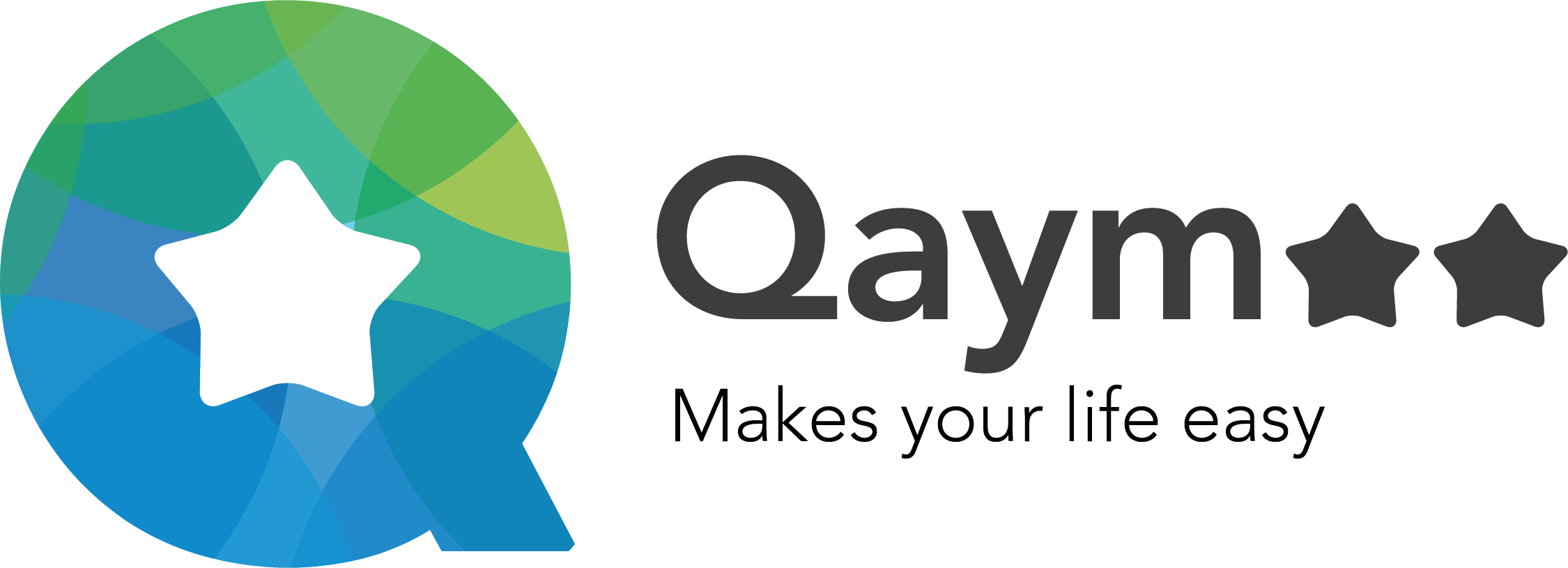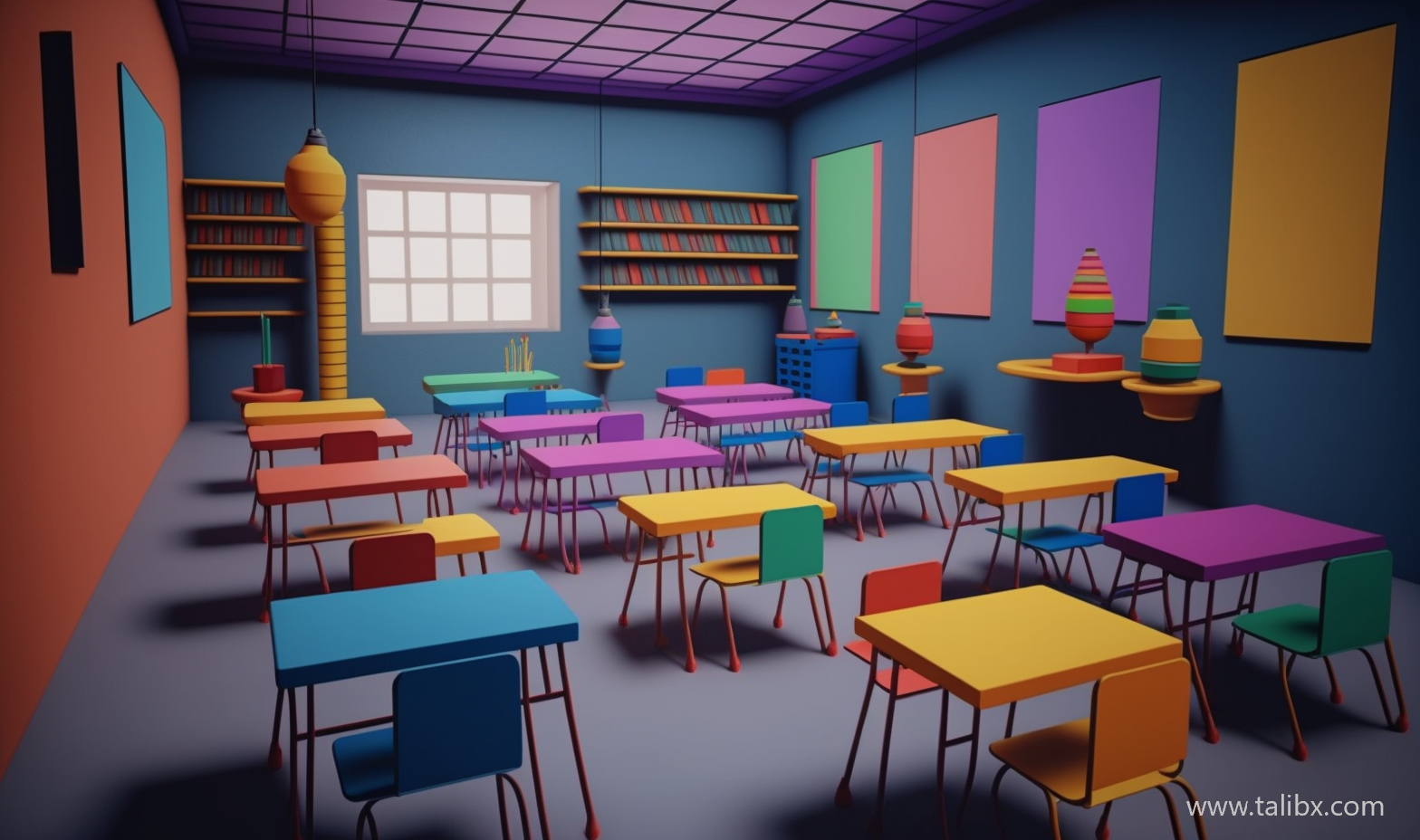As a teacher, one of the greatest challenges you may face in the classroom is meeting the diverse learning needs of your students. Every student is unique and has their own way of learning and processing information. As a result, it can be difficult to design lessons and activities that engage and challenge all students equally. In this article, we will explore the challenges of diverse learning needs in the classroom and provide five creative solutions with real examples to help you overcome this challenge.
Differentiated Instruction
One of the most effective ways to address diverse learning needs is through differentiated instruction. This approach involves tailoring your instruction to meet the individual needs and abilities of your students. This can involve providing different activities, materials, and assessments to meet the needs of different learners. For example, you might provide hands-on activities for kinesthetic learners or audio recordings for auditory learners.
Real Example: A high school English teacher may provide a choice of reading materials for their students, ranging from classic literature to contemporary novels, to allow students to select the books that match their interests and reading levels.
Universal Design for Learning (UDL)
Another approach to addressing diverse learning needs is through Universal Design for Learning (UDL). This framework involves designing lessons and activities that are accessible to all students, regardless of their learning style, abilities, or background. This can involve providing multiple means of representation, expression, and engagement to ensure that all students can access the content and demonstrate their learning.
Real Example: A middle school science teacher may use videos, hands-on experiments, and visual aids to teach about the water cycle, which allows students with different learning styles to engage with the material in a way that is meaningful to them.
Collaborative Learning
Collaborative learning can be an effective way to address diverse learning needs by providing opportunities for students to work together and learn from one another. This approach can help students with different strengths and weaknesses to support each other and build on their shared knowledge and experiences.
Real Example: A fourth-grade teacher may assign small groups of students to work on a research project about animals. Each group member can contribute their unique strengths to the project, such as researching, writing, drawing, or presenting, to create a comprehensive and engaging final product.
Technology Integration
Integrating technology into your instruction can be a powerful way to address diverse learning needs by providing students with a range of digital tools and resources to support their learning. Technology can also help students to engage with the material in new and exciting ways, which can be especially beneficial for students who struggle with traditional instructional methods.
Real Example: An elementary school teacher may use an interactive whiteboard to display educational games and quizzes that engage students in a fun and interactive way, allowing them to learn at their own pace and in a way that matches their learning style.
Culturally Responsive Teaching
Culturally responsive teaching involves recognizing and addressing the diverse cultural backgrounds and experiences of your students in your instruction. This approach can help to build connections between students and their learning by acknowledging their unique identities and providing instruction that is meaningful and relevant to their lives.
Real Example: A high school social studies teacher may incorporate cultural traditions and perspectives into their lessons on world history, helping students to see how different cultures have shaped the world we live in today.
In conclusion, the diverse learning needs of your students can be a significant challenge, but it is also an opportunity to create engaging and effective instruction that meets the needs of all learners. By using differentiated instruction, UDL, collaborative learning, technology integration, and culturally responsive teaching, you can create a learning environment that supports the unique needs and strengths of each of your students.









